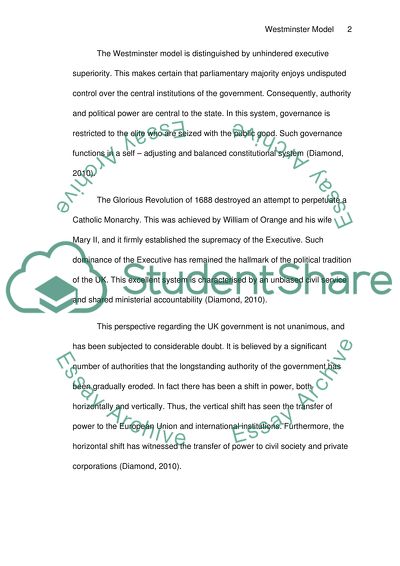Cite this document
(“Westminster Model and the Government System in the UK Essay”, n.d.)
Retrieved de https://studentshare.org/history/1392497-does-the-uk-s-system-of-government-still-conform
Retrieved de https://studentshare.org/history/1392497-does-the-uk-s-system-of-government-still-conform
(Westminster Model and the Government System in the UK Essay)
https://studentshare.org/history/1392497-does-the-uk-s-system-of-government-still-conform.
https://studentshare.org/history/1392497-does-the-uk-s-system-of-government-still-conform.
“Westminster Model and the Government System in the UK Essay”, n.d. https://studentshare.org/history/1392497-does-the-uk-s-system-of-government-still-conform.


